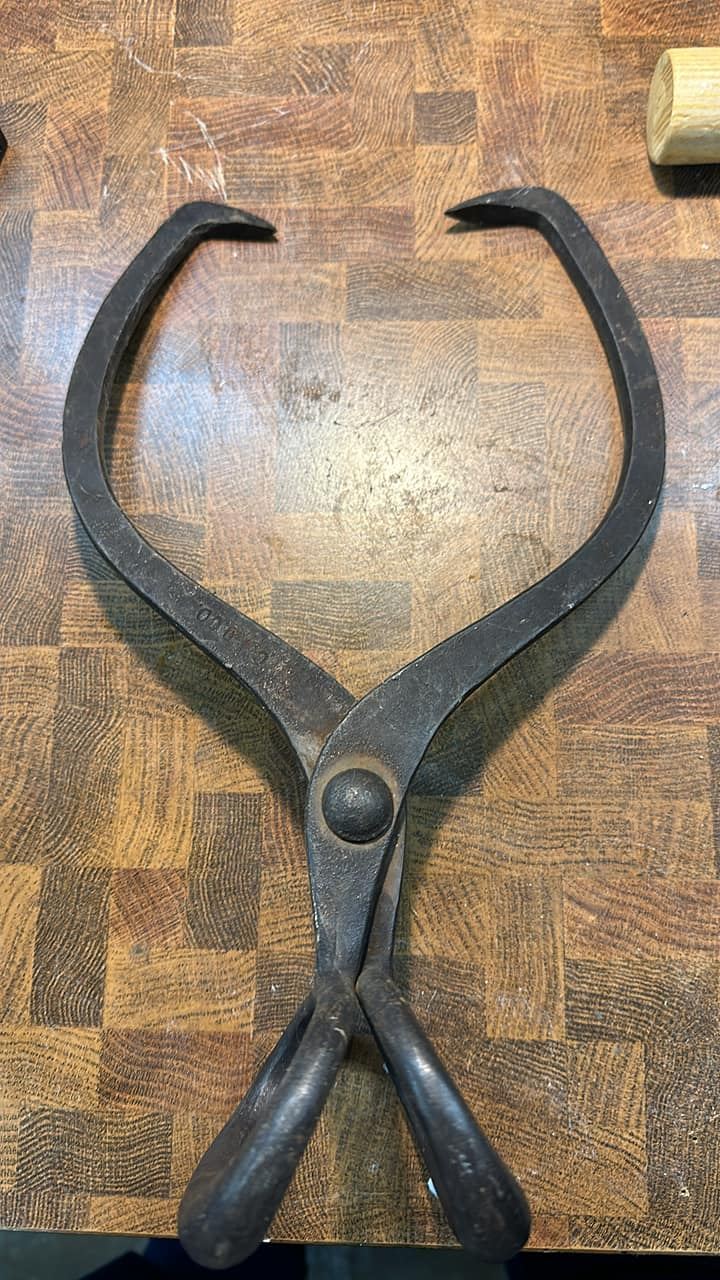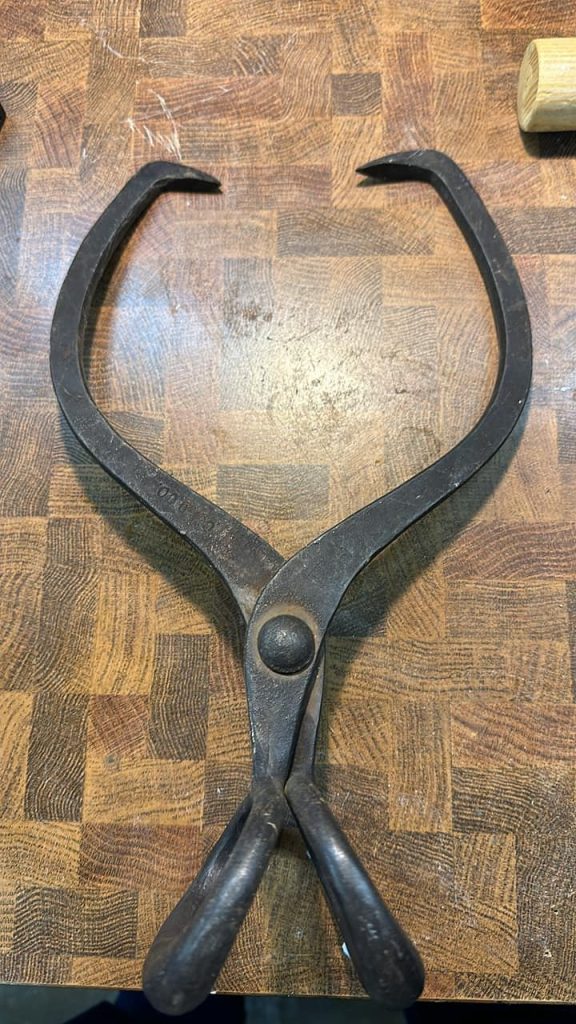In an old house built in 1924, nestled among the quiet whispers of time, a curious object sat forgotten in the attic. The house had been passed down through generations, and now it was in the hands of a new owner—the great-grandchild of the original builder. As she explored the dusty corners, sifting through relics of a bygone era, her hand brushed against a large, heavy wooden box that she had never seen before.
“What is this?” she wondered, lifting the lid to reveal an intricately crafted icebox, still bearing the marks of age. It was a large, sturdy piece, made to store ice before modern refrigeration made it obsolete. In that moment, she felt like a time traveler, connected to an era long past.

She recalled stories her grandfather had told her about the early days of the house. Before refrigerators, families would rely on ice deliveries. Huge blocks of ice, carried by men with strong backs and weathered hands, would be placed in these iceboxes to preserve food. The icebox itself, though no longer in use, was a cherished memory of an older, slower time—a time when the rhythm of daily life was tied to the seasons and the reliability of ice deliveries.
She could imagine the bustling mornings of her great-grandparents, receiving their ice delivery and storing it carefully, knowing it would keep their food fresh until the next delivery came. The weight of the ice was a constant reminder of the labor that went into providing even the simplest comforts.
The icebox wasn’t just a tool; it was a symbol of resilience. It represented how much the world had changed over the decades. It was a reminder of how people adapted, of how families did whatever they could to get by—whether it was using ice, preserving food by hand, or finding creative ways to cope with the harsh realities of life.
The discovery of the icebox left her with a quiet sense of awe. It was more than just a piece of furniture; it was a tangible connection to her roots, to a time when everything took longer, when every day required effort and planning, and when people were grateful for what they had because they knew how much work it took to maintain it.
As she gazed at the icebox, she realized that despite all the advances in technology and convenience, there was something beautiful about the past. The old ways taught patience, hard work, and gratitude. The icebox was no longer useful, but it served as a gentle reminder that sometimes, what we take for granted today was once the cornerstone of everyday life.
Moral of the Story: Progress and convenience often make life easier, but they can also take away the appreciation for hard work and the value of patience. In our rush forward, it’s important to pause and remember that the past holds lessons in resilience, gratitude, and the timeless value of effort.

